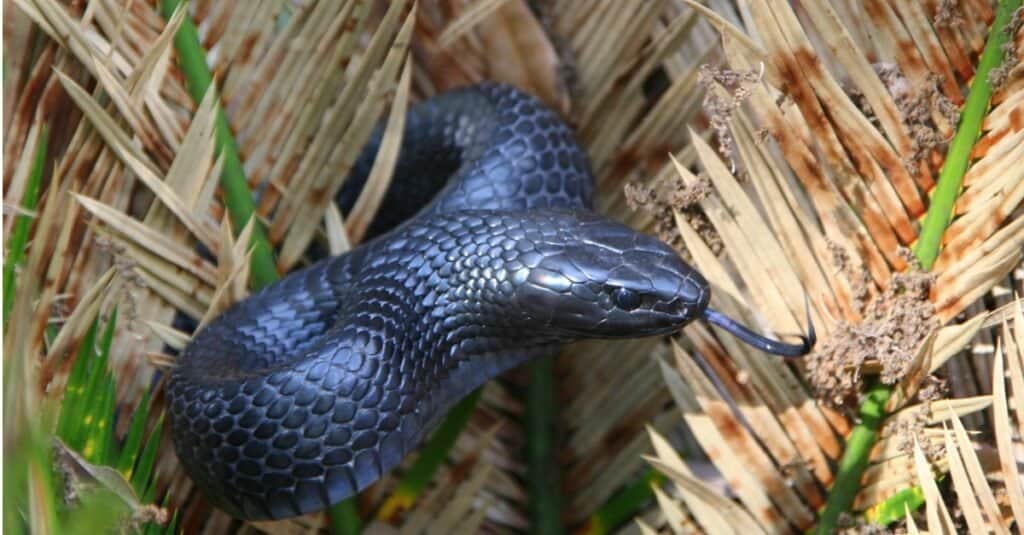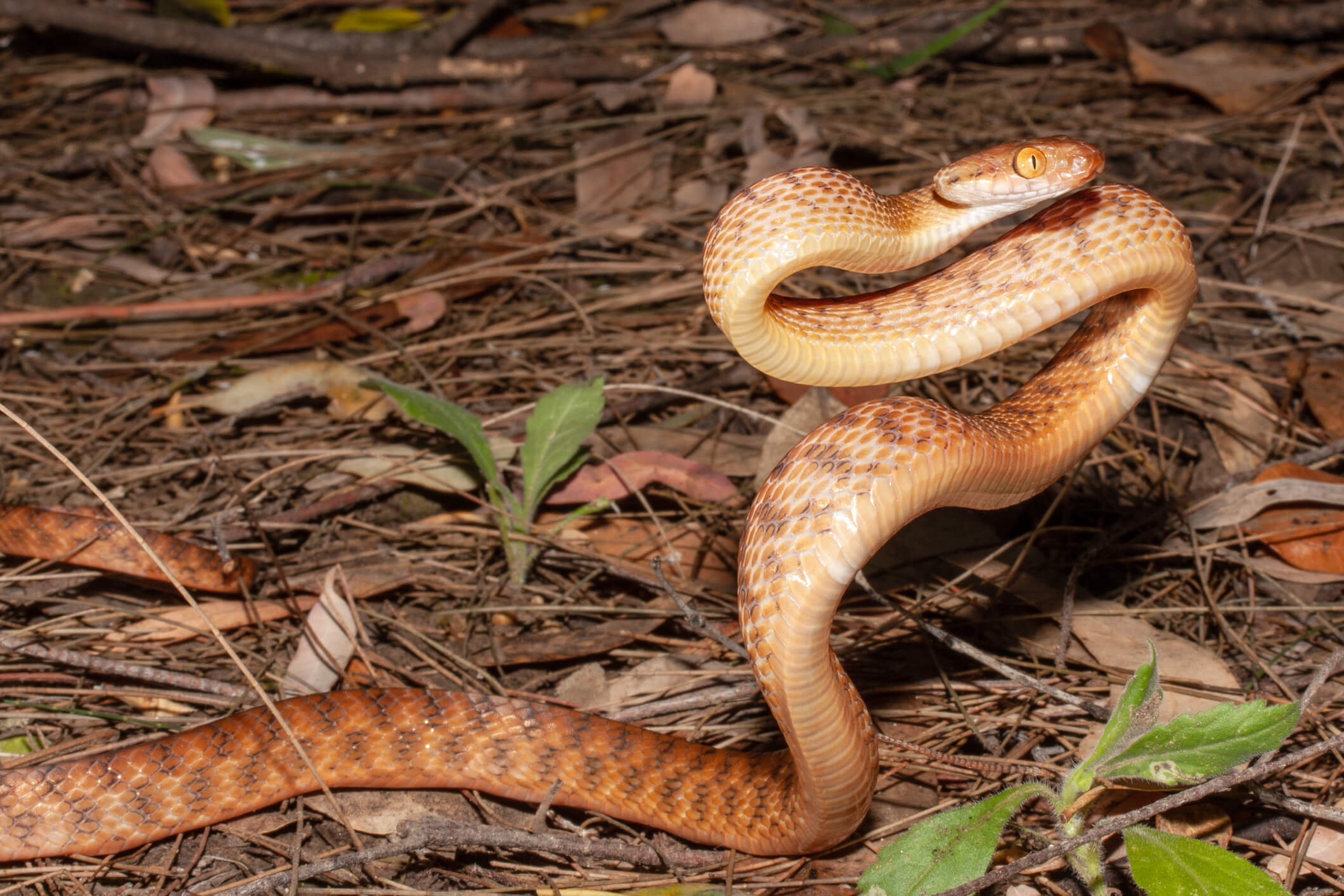Introduction
The tiger snake is among Australia's many Australian snake species infamous reptiles, feared for its powerful poison and aggressive personality. This remarkable creature plays a crucial role in the ecosystem, yet it frequently deals with misconceptions that bring about unnecessary concern. In this comprehensive short article, we will certainly delve into the world of the tiger snake, discovering its environment, poison attributes, and vital emergency treatment practices in situation of a serpent bite.
Understanding the Tiger Serpent: Habitat, Venom, and Emergency Treatment Essentials
Tiger serpents are primarily located along the southerly coastline of Australia, consisting of Tasmania. They prosper in numerous settings such as wetlands, seaside areas, and also city areas. Their flexibility makes them effective predators; however, their proximity to human environments typically leads to encounters that can cause bites.
This short article aims to debunk tiger serpents by discussing their habitat preferences, examining their Venom spread restriction venom structure and effects on people, and supplying critical emergency treatment info for bites.
1. Tiger Serpent Habitat: Where Do They Live?
1.1 Introduction of Tiger Serpent Distribution
Tiger snakes (Notechis scutatus) are largely discovered in southern Australia and Tasmania. They live in numerous environments varying from coastal marshes to freshwater lakes.

- Coastal Areas: Tiger snakes are commonly discovered near coastlines where they quest for fish and amphibians. Wetlands: These locations give enough concealing areas and abundant prey. Urban Locations: As cities broaden into all-natural environments, tiger serpents might be seen venturing right into suburban gardens or parks.
1.2 Preferred Habitats of Tiger Snakes
Tiger serpents favor damp settings where water resources are conveniently offered. Their environments generally consist of:
- Marshes: The dense vegetation permits them to assail target effectively. Swamps: These areas provide shelter from predators while offering a rich searching ground. Riversides: Water bodies bring in lots of pets which function as food resources for these snakes.
1.3 Environmental Factors Affecting Habitat Choice
Several aspects affect where tiger snakes select to stay:
- Temperature: Being ectothermic (cold-blooded), they require warm environments for optimum task levels. Prey Schedule: High populations of frogs and tiny mammals attract these snakes. Shelter: Thick plants offers not just as camouflage yet also as security against potential threats.
2. Are Tiger Snakes Venomous? Recognizing Their Venom
2.1 Make-up of Tiger Snake Venom
Yes! Tiger snakes are undoubtedly venomous creatures. Their poison is an intricate blend containing neurotoxins that can create paralysis and coagulopathies affecting blood clotting mechanisms.

Key Elements of Venom:
- Neurotoxins: Influence nerve feature causing paralysis. Hemotoxins: Damage capillary causing inner bleeding.
Understanding these parts assists us appreciate the effectiveness of a tiger serpent bite.
2.2 Results of a Tiger Serpent Bite on Humans
A bite from a tiger serpent can result in extreme symptoms:
- Local Symptoms: Discomfort, swelling, and discoloration at the bite site. Systemic Symptoms: Nausea, throwing up, trouble taking a breath because of paralysis or constriction of airways.
Severity Levels
Minor Bite: Localized pain without systemic symptoms. Moderate Bite: Systemic signs and symptoms yet workable with medical care. Severe Bite: Dangerous; needs instant clinical intervention.3. Identifying Various Kinds Of Tiger Snakes
3.1 Eastern vs Tasmanian Tiger Snakes
There are 2 key classifications based on geographic circulation:
Eastern Tiger Serpent (Notechis scutatus)
Found along eastern shorelines approximately Queensland.
Tasmanian Tiger Serpent (Notechis scutatus)
Adapted specifically to Tasmania's one-of-a-kind environment with somewhat differing coloration patterns.
3.2 Color Variants in Habitat Preferences
Tiger snakes exhibit substantial color variants depending on their environment:
- Coastal populations often show red stripes or spots for better camouflage versus sandy shores.
4. Habits Patterns of Tiger Snakes
4.1 Aggressiveness Level
Tiger serpents are known for their aggressive actions when intimidated or collared which can result in protective strikes if provoked.
4.2 Hunting Techniques
They have impressive agility allowing them to strike quickly at target such as frogs or small rodents mainly throughout golden hours when they're most active-- making them nocturnal hunters!
5. First Aid for Serpent Bites: Important Actions You Should Know
When it comes to taking care of snake bites, understanding is vital!
5.1 Immediate Actions After a Bite
If bitten by a tiger snake:
Stay tranquility! Panic increases heart rate which spreads out venom faster through your bloodstream.
Apply pressure around the injury utilizing clean fabrics-- avoid reducing or drawing out venom!
Remove tight clothing/jewelry near the bite website; swelling may happen rapidly.
Immobilize the influenced arm or leg using splints ideally-- this limits movement aiding slow down poison spread!
5.2 Obtaining Medical Help
Seek emergency clinical help quickly! Time is crucial when taking care of potential envenomation from tiger snakes!
5.3 First Aid Set Essentials for Snake Bites
Having a well-appointed first aid kit can make all the difference during emergency situations:
|Item|Description|| ------|-------------|| Pressure Bandage|Aids immobilize injury|| Clean and sterile Gauze|For dressing injuries|| Emergency Situation Call Info|Quick accessibility numbers|| Antivenom Information|Expertise about regional antivenoms|
6 FAQs Concerning Tiger Snakes
Q1: Are all tiger snakes dangerous?
A: While all have venomous capacities affecting humans dramatically-- most prefer evasion unless threatened!
Q2: Just how rapidly does tiger serpent venom impact humans?
A: Signs and symptoms may show up within minutes depending upon place & & amount infused during envenomation events!

Q3: Can you make it through a tiger serpent bite without treatment?
A: Untreated bites can be fatal as a result of fast development; prompt treatment is crucial!
Q4: What should I do if I come across one?
A: Maintain range & & pull back slowly; stay clear of sudden activities that may prompt aggression!
Q5: Exactly how common are bites from tiger snakes?
A: Although encounters take place regularly-- actual bites stay reasonably unusual due largely due preventive actions taken by citizens living within influenced ranges.
Q6: Is there a remedy available?
A: Yes! Antivenoms details for Australian types exist-- medical centers carry these medicines all set when needed quickly post-bite incidents!
7 Conclusion
Understanding the details bordering "Recognizing the Tiger Serpent: Habitat, Venom, and Emergency Treatment Essentials" is paramount not only for personal safety yet also cultivating Safety and Prevention coexistence with these impressive creatures populating Australia's landscape! By learning more concerning their behaviors & & effective feedback strategies relating to possible experiences-- we outfit ourselves better against unnecessary anxieties while valuing nature's variety fully! So allow's accept education instead are afraid-- it leads in the direction of consistency in between mankind wildlife alike!